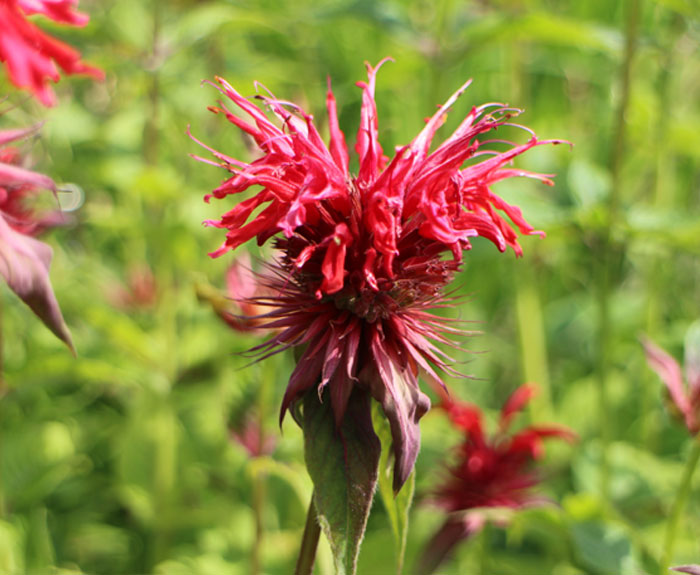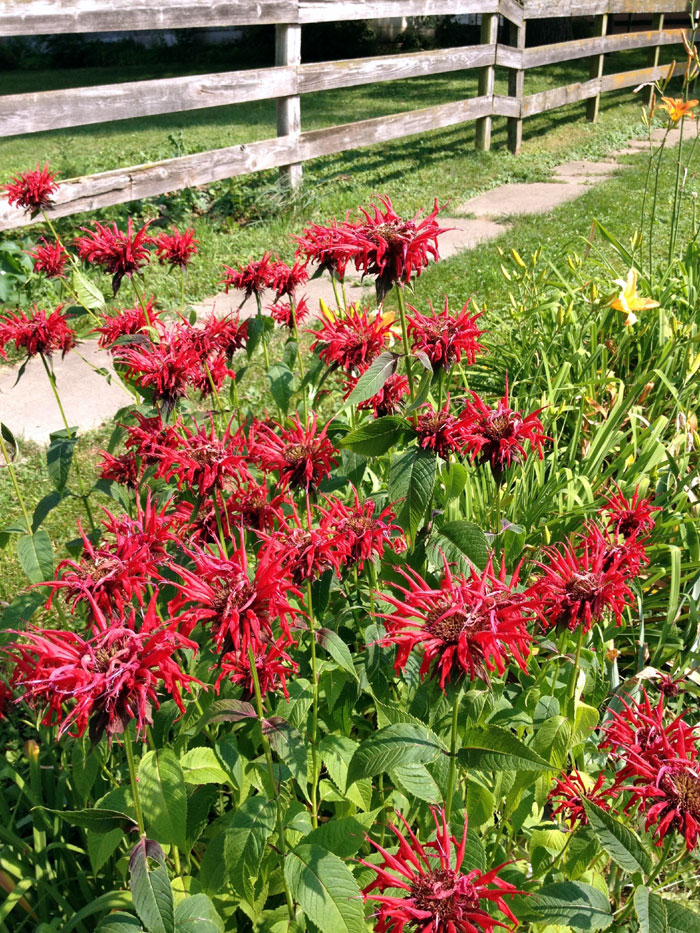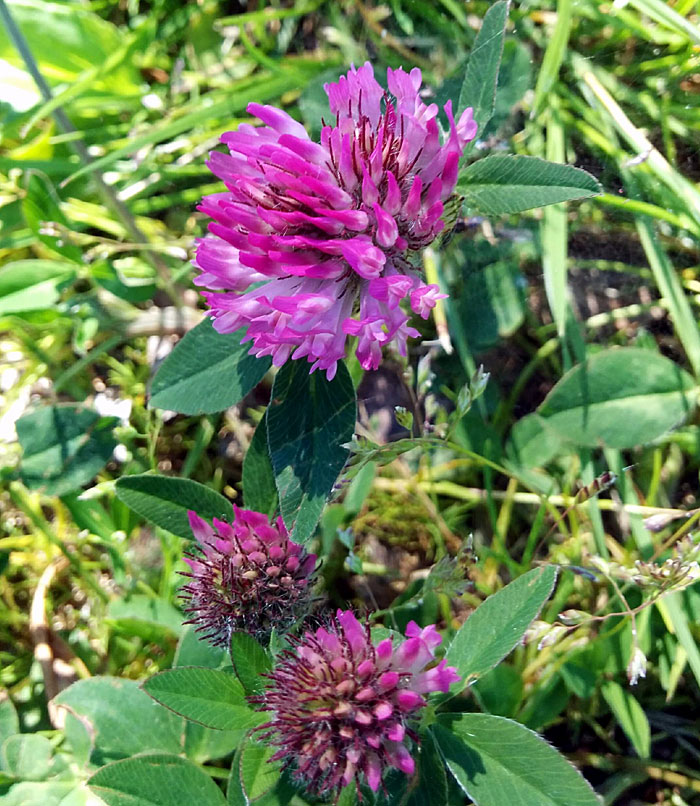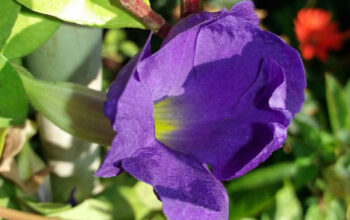Bergamot (Bee Balm)
Gardeners are growing Bergamot (Bee Balm) Not only by their attractive colors, but they are housed in the garden to welcome Hummingbirds, butterflies, and honey bees. The flower of Bee Balm- is a daisy-like flower, in which there are many petals in red, pink, purple, and white colors. Learn Growing information monarda, Bee Balm care, How to grow Bergamot, Bee Balm in a pot, and many more about this plant.
Bergamot (Monarda) is a native flower, its perennial flowers blooming in the mid-summer from late summer. Bergamot leaves are the aromatic and hairy appearance of beautiful flowers. It is eatable and its flowers and leaves are used to make tea. Bergamot can spread rapidly and attack the area in fertile soil, it is a great option for use as a perennial flower border.
Classification
Scientific name Monarda
Common name Bergamot, Bee Balm
Plant type Flower
Sun required Full Sun/ part sun
Soil Moist rich soil
Soil PH 6.0-6.7
Flower color White, Red., Pink, Purple
Blooming Time Mid-summer to late summer
Zone 3-9
Growing information Bergamot
Soil and Location
Bergamot plants are perennials, which bloom with attractive colors. Bee balm plants prefer moist and rich soil. You will have to choose a sunny place for this. However, these plants tolerate shadow, but especially in hot and warmer areas. At that time, you should keep it in a protected place, so its bright colors will remain intact.
Planting time
Monarda (Bergamot) plants are available in spring and fall. When the soil goes dry well, you can modify your soil to mix organic matter together, if you want to apply it permanently, then choose the appropriate place. You can transplant it by planting it elsewhere.
Spacing
The Bee Balm plant should be kept separate from 18-24 inches apart. This is from the mint family and is widely spread through the underground stems. But you can control it by digging and dividing plants regularly. Read more.
Propagation
Propagate of bee balm in spring you can do seeds or by division. Read more.
Bee Balm care
- Bergamot plants prefer moist soils to keep moisture.
- Use mulch to maintain moisture around the plant, it will help to control the weed.
- You can divide its new roots in the spring and transplant new plants.
- To prevent the center from dying, divide it into 2 to 3 years, as it dies from the middle and starts spreading to the unwanted area.
- Stacking is required for Bee Balm plant taller varieties.
- This powder is susceptible to mildew disease. Due to which its leaves become yellow and eventually die. This disease can be prevented by planting in good air circulation. Use organic fungicides in summer, or use powdery mildew resistant varieties to prevent this disease.
- Bees should be made of organic nutrients rich for the honeybee, it is necessary during the first year, but you can use it balanced or organic compost for regular plant growth.
How to grow Bergamot in a pot
- Choose the 5-to-10-gallon pot for the Bee Balm Plant. Check the drainage hole in the surface of the pot, if not
- So do the hole with the help of Tool, it can help to drain the extra water.
- Fill the pot with the potting mix in 2/3 parts, set the plant brought from the nursery to the container. And fill the remaining portion with soil, stop filling the soil before about 2 inches by the rim of the pot.
- Place the pot to the full sun and good air circulation space. In the strong sunny afternoon, you can keep the pot in the shade.
- Water should be given when the upper surface of the soil feels dry. Reduce water in winter and fall.
- After a light frost, it usually dies, cut the tab bee balm. Trim the stems within 2 inches of the soil surface.
- Spread about 1-inch thick compost layer on the surface of the pot each spring. Read more.
This was all about growing Bee Balm plant hope you liked our post.
See must: How to grow freesia plant. How to grow Garden Phlox. Growing chrysanthemums in a pot. Growing ashwagandha and care tips. Betel leaf plant growing and care tips. Bachelor button flowers growing tips. 05 types of air plants. Lawn care in summer. Orchids growing and care guide.
Thank you and happy gardening.
For Pin:








